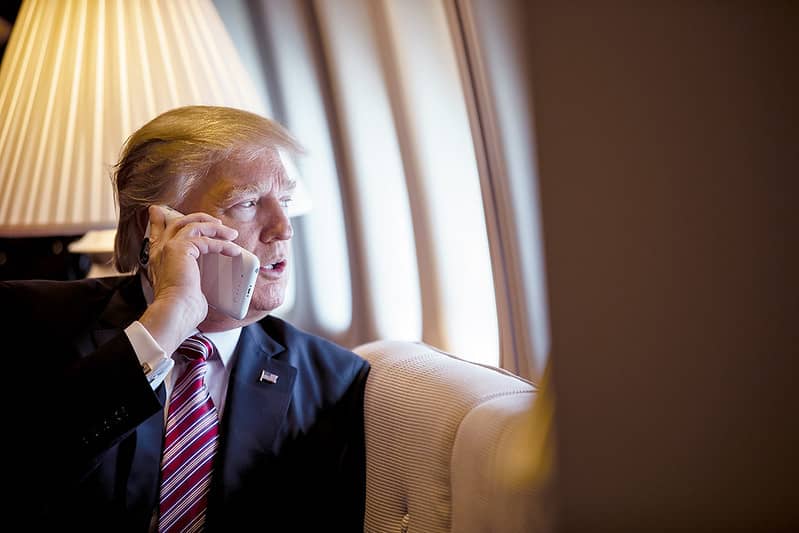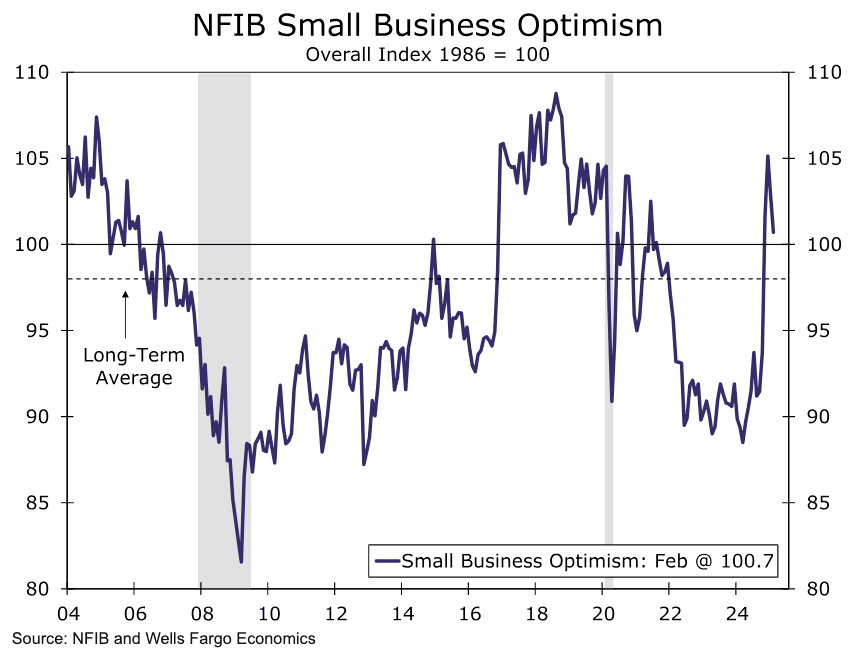
File image of President Donald Trump. Official White House Photo by Shealah Craighead.
Another day, another escalation in tariff threats that begets yet more uncertainty and USD weakness.
The Dollar extended losses against the Euro, Pound Sterling and other major currencies after U.S. President Donald Trump fired another tariff broadside and ramped up uncertainty for investors and U.S. businesses.
He announced on social media that he would increase steel and aluminum tariffs for Canada to 50%, starting tomorrow, and declared a "national emergency on electricity".
He said the taxes would stay in place until Canada removed its trade barriers on dairy and electricity.
In addition, he said he would also "substantially increase" tariffs on Canadian automobile parts on April 2 if the country does not drop tariffs on dairy products and other U.S. goods.
Trump's ad-hoc, reactionary and seemingly random approach to tariffs has been a major factor behind a loss in market confidence, which has resulted in a sharp selloff in U.S. stocks.
The Dollar has also fallen, as markets see higher inflation and lower growth on the horizon.
The Pound-to-Dollar exchange rate is at 1.2937, putting it on the cusp of fresh four-month highs. The Euro-to-Dollar exchange rate extends its surge, hitting 1.0916.
"Tariffs can have a triple whammy, adding to worries about inflation, growth and denting confidence," says Gerard Lyons, Chief Economic Strategist at Netwealth.
"It's ridiculous for anyone to claim that foreign nations have more to lose from a trade war than the U.S. Tariffs are taxes on imports. The U.S. is more dependent on imports than any other nation. Therefore, the U.S. has more to lose from a trade war than any other nation!" explains Peter Schiff, Chief Economist and Global Strategist at Euro Pacific.
Data released Tuesday showed small business sentiment moderated further amid this increasing economic uncertainty.
The NFIB Small Business Optimism Index fell for the second consecutive month in February to 100.7 as the uncertainty index rose to its second highest level on record.
"Although economic perceptions remain much more constructive than in recent years, the recent flurry of tariff activity appears to have dented economic expectations and put upward pressure on small business prices," says Charlie Dougherty, Senior Economist at Wells Fargo.
The net share of small firms raising their selling prices leapt 10 points in February to 32%, its highest level since May 2023.
In addition, the labour market reemerged as the top concern facing small firms, causing hiring plans to dip three points in February.
U.S. job openings (JOLTS) rose to 7,740K in January from a downwardly revised 7,508K in December, but this was above the consensus expectation for 7,600K.
According to Viraj Patel, Strategist at Vanda Research, the figures suggest U.S. private sector jobs market is in paralysis.
He points to a flat hire rate (has been flat for 4 months in a row) and a slightly higher quit rate (but running at cycle lows).
The layoff rate is also flat and "shows how the U.S. labor market is flatlining," says Patel.
Incoming data continues to point to a slowdown in U.S. economic activity, with the Atlanta Federal Reserve's real-time measure of GDP growth now forecasting that U.S. GDP growth for the first quarter has dropped to -2.8% from -1.5%.
The deterioration has encouraged markets to raise expectations for the number of incoming Federal Reserve rate cuts, which has weighed on U.S. bond yields and triggered weakness in the Dollar.
Further uncertainty into the April 02 tariff announcements should keep the current themes in play.

